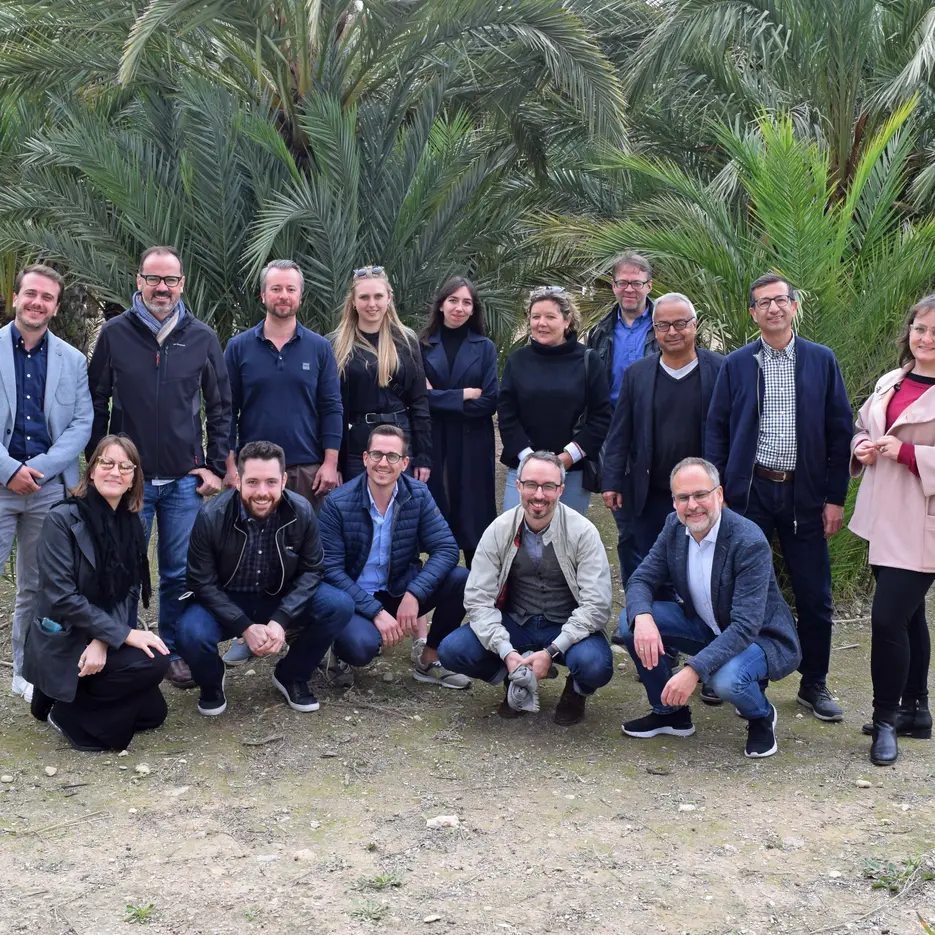For over a year now, 19 communication scientists from Germany, Austria, Switzerland, Spain and Great Britain have been collaborating on the project. Recently, they have met at the Spanish Miguel-Hernández University in Elche to discuss the current state of research.
In order to get an overview of the most important innovations in journalism in the countries participating in the project, 20 journalism experts from each country were interviewed. These included professionals working in media as well as experts in the field of research on journalism and innovation.
Well over 1000 times innovations were named in a total of 100 interviews. The research team has now broken these down into different areas. In a next step, these areas were assessed from a quantitative and qualitative viewpoint, which brought to light the top 20 innovations for each country. Decisive factors in this choice included whether the innovations had changed journalism gradually or radically, as well as whether they had contributed to improving living standards in general, for example by giving a faster and easier access to information to a greater number of people.
What is striking: According to the research team, data journalism, factchecking, podcasts, the inclusion of social media platforms in editorial working methods and new financing models beyond the traditional funding through advertising are among the most momentous journalistic innovations in the five countries between 2010 and 2020. Based on this ranking, individual innovations are now more closely investigated in case studies. To this end, the researchers have already begun conducting qualitative guided interviews with persons who have committed themselves to advocating for one of these innovations. Following these interviews, the researchers are planning to quantitatively survey players in the field of journalism.

